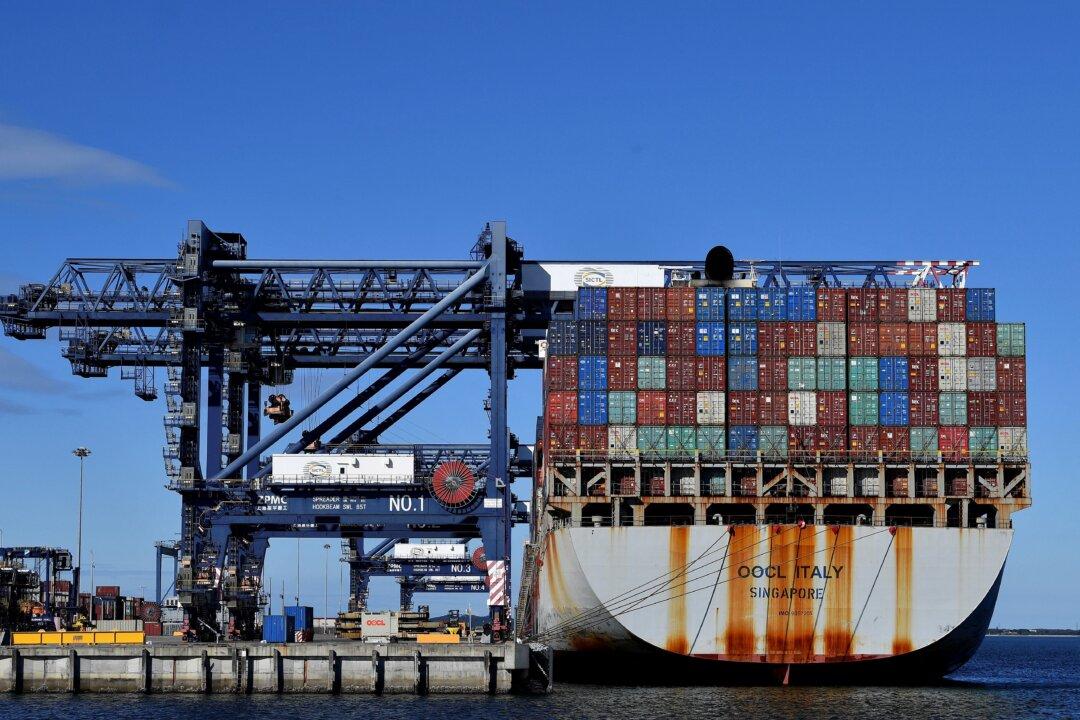Port inefficiencies cost the Australian economy about $600 million (US$414 million) per year, causing consumers to pay more for imported goods.
Following a year-long inquiry into container ports, the Productivity Commission found significant variations in the performance of ports across Australia with substantial implications for the economy.





